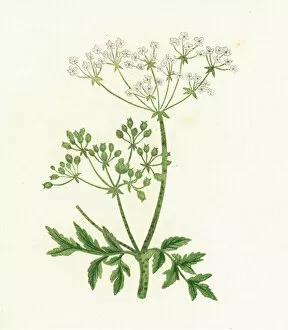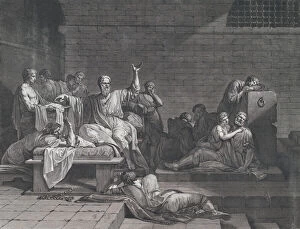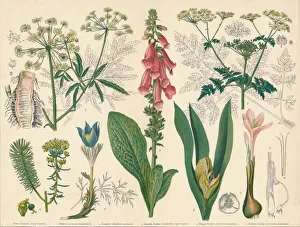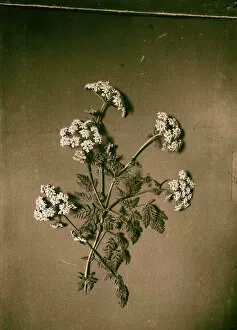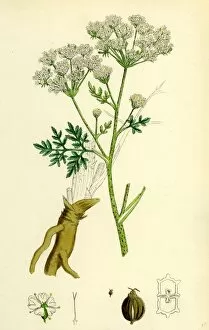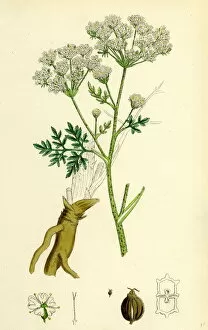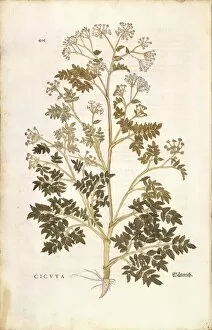Conium Maculatum Collection
"Conium maculatum: The Deadly Beauty of Hemlock" Hemlock, scientifically known as Conium maculatum
All Professionally Made to Order for Quick Shipping
"Conium maculatum: The Deadly Beauty of Hemlock" Hemlock, scientifically known as Conium maculatum, is a captivating yet treacherous plant that has intrigued artists and scientists throughout history. This poisonous herbaceous perennial, commonly referred to as poison hemlock or simply hemlock, holds a dark allure that has been captured in various forms of art. One such depiction is the intricate botanical illustration by Leonhart Fuchs from his renowned work "De historia stirpium. " With meticulous detail, Fuchs portrays the distinct features of this deadly plant, warning viewers of its potential dangers. The fascination with hemlock extends beyond illustrations. In historical paintings like "The Death of Socrates, " artists like Jean Francois Pierre Peyron and Jacques-Louis David immortalize the tragic demise of the great philosopher who chose to drink the lethal potion made from this very plant. These artworks serve as poignant reminders of both Socrates' intellectual legacy and the toxic power hidden within nature's creations. Even in more contemporary works like Cassell & Co's "British Poisonous Plants" or Anne Pratt's botanical artwork featuring common hemlock, there is an undeniable intrigue surrounding this perilous flora. Its delicate white flowers stand out against lush green foliage but belie its deadly potency. While it may be tempting to admire Conium maculatum for its aesthetic appeal alone, it is crucial to remember its true nature - a potent poison capable of causing paralysis and even death when ingested. As beautiful as it may appear on canvas or lithographs like William H Rau's portrayal of Hemlock Run Curve near Towanda, caution must always prevail when encountering this deceptively enchanting plant. Conium maculatum serves as a reminder that beauty can often hide danger beneath its alluring facade.



